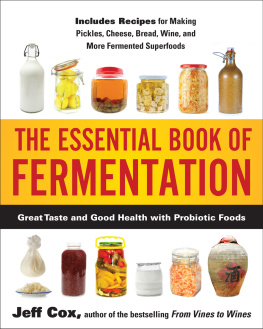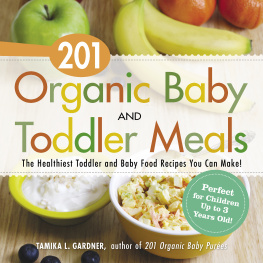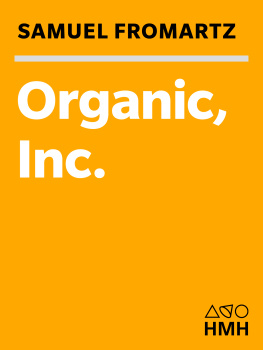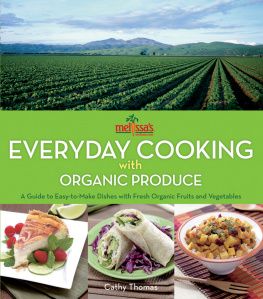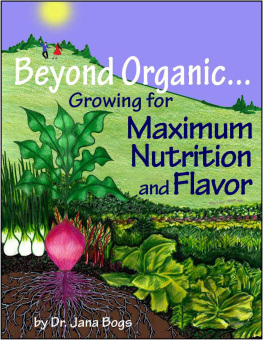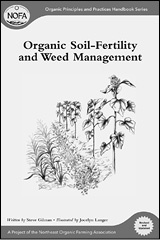
Copyright 2006 by Jeff Cox
First Skyhorse Publishing edition 2015.
All rights reserved. No part of this book may be reproduced in any manner without the express written consent of the publisher, except in the case of brief excerpts in critical reviews or articles. All inquiries should be addressed to Skyhorse Publishing, 307 West 36th Street, 11th Floor, New York, NY 10018.
Skyhorse Publishing books may be purchased in bulk at special discounts for sales promotion, corporate gifts, fund-raising, or educational purposes. Special editions can also be created to specifications. For details, contact the Special Sales Department, Skyhorse Publishing, 307 West 36th Street, 11th Floor, New York, NY 10018 or .
Skyhorse and Skyhorse Publishing are registered trademarks of Skyhorse Publishing, Inc., a Delaware corporation.
Visit our website at www.skyhorsepublishing.com.
10 9 8 7 6 5 4 3 2 1
Library of Congress Cataloging-in-Publication Data is available on file.
Cover design by Laura Klynstra
Cover photo credit: Shutterstock
Print ISBN: 978-1-63450-488-1
Ebook ISBN: 978-1-51070-048-2
Printed in China
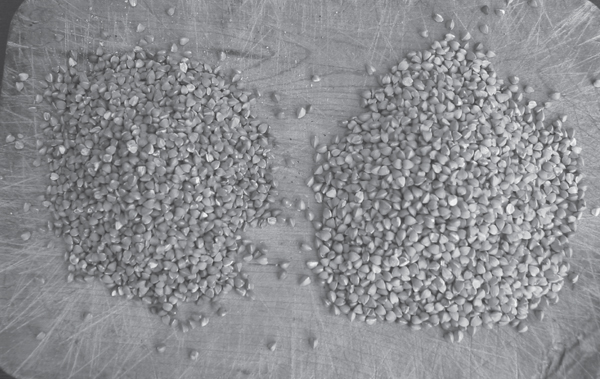
To Nate
Contents
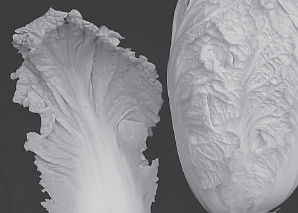

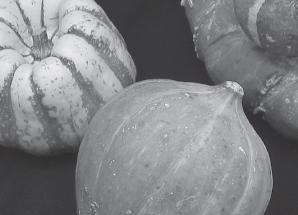
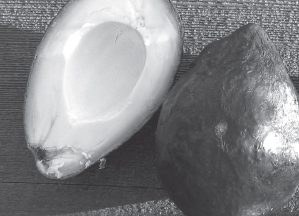
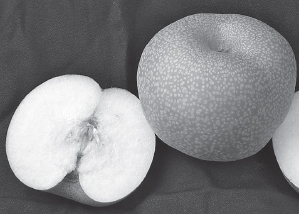
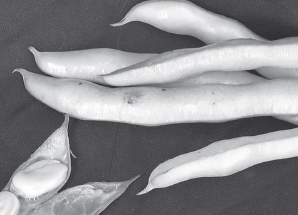

Sage
Acknowledgments
S o many folks deserve recognition for the information in this book that it is not possible to list them all. But these people must be thanked:
Special thanks to the entire team at Wiley, especially editors Linda Ingroia and Adam Kowit, who labored hard to keep me focused, and to production editor Ava Wilder for her thorough management of every detail. Thanks to designer Deborah Kerner for making this wealth of information accessible and attractive. Thanks to my agent, Fred Hill, who got this ball rolling. Thanks to the folks at Oak Hill Farm in Glen Ellen, California, who gave generously of produce and time to make sure we got the photos we needed. Thanks also to J. Z. Cool, chef extraordinaire; Lynn Donches at Rodale Press; Anne Bertinuson, USDA; Gene Kahn, Cascadian Farms; Ben Faber, UC Davis; Elizabeth Mitcham, UC Davis Department of Pomology; Janet Caprile, UC Davis farm advisor; Louise Ferguson, UC Davis; John R. Clark, University of Arkansas; Allen Moore, USDA; Curt R. Rom, University of Arkansas; Adel A. Kader, UC Davis; Paul Vossen, UC Cooperative Extension; Chris Deren, University of Florida; Robin Siktberg, Herb Society of America; Dan Pratt, Organic Trade Association; John Duval, University of Florida; Dave Hill, Connecticut Agricultural Experiment Station; Robert Stebbins, Oregon State University; Chef John Ash; Dr. David G. Holm, Colorado State University; Greg Miller at Empire Chestnut Company; David Brenner, Iowa State University; Randy Wirth, Caffe Ibis; Glenn Roberts, Anson Mills; Jerry Tenenberg, The Great Spice Company; Gemma Claridge, Alberts Organics; Tricia Belcastro, Washington Apple Commission; Mark Farnham, PhD, USDA-ARS-U.S. Vegetable Laboratory; Eileen Weinsteiger, Rodale Research Institute; Manny Flores, Jaleo Restaurant, Washington, D.C.; Constance Jesser, Wine Country Cakes, Sonoma, California; Nancy Civetta, Civetta Communicazione; John Lewallen, Mendocino Sea Vegetable Co.; Stephanie Kimmell, Marche restaurant, Eugene, Oregon; Claire Criscuolo, RN, Claires Corner Copia, New Haven, Connecticut; Birkett Mills, Penn Yan, New York; Nicolas and Laura Catena, Bodega Catena Zapata, Agrelo, Argentina; and all those who helped but arent mentioned here.
A special acknowledgment to J. I. Rodale, whose organic epiphany started the movement.
Finally, thanks to my wife, Susanna Napierala-Cox, for her photos, her love and support, and her forbearance as I spent many a late night at my desk.
Introduction
T he perfect dish requires perfect ingredients. That doesnt mean blemish-free produce. It means that the variety of fruit, vegetable, nut, or what-have-you is the right one for the dish being prepared, and that its as ripe and full of flavor as it will ever get on the very day that the cook is inspired to use it.
And yes, it should be organically grown.
Why organic?
It tastes better. For the cook, organic produce sets the standard of quality. There are three reasons for this.
First, organic growers are primarily concerned with quality, so the varieties they select to grow are known for their flavor impact rather than their ability to ship well or keep well on the shelf.
Second, organic foods are grown in soil rich in all the nutrients plants need to develop maximum flavor nuances. The effect of organic farming techniques on the overall quality of plants and animals cannot be overestimated. A perfect dish needs the kind of intense expression of flavor that organic ingredients provide.
Third, organic food tends to be fresher, and food thats fresh contains the maximum amount of flavor and nutrition. Flavor and fragrance molecules begin to break down and disappear soon after most foods are picked from the field or tree, so one of the goals of organic farmers is to keep the distance between farms and consumers as short as possible. The increasing popularity of organic food sold at local farm stands, at farmers markets, at specialty markets, and in supermarkets with organic produce sections means fresher food is becoming ever more available. More flavor to begin with and more of this flavor preserved because of freshnessthats a winning combination for any cook.
Another crucial factor about organic food is that it has been grown without agricultural chemicals; animals that produce organic meat, dairy, and eggs are not fed growth hormones or antibiotics; and genetic modification of crops is not allowed. The food is just good, clean food with the genes that nature gave it. Thats reassuring, especially for families with small children who are more vulnerable than adults to the ill effects of agricultural chemicals and for anyone concerned about the effects of genetic manipulation of their foodstuffs.
This aint just talk. I had my first organic garden in 1969. Ive grown an organic garden just about every year since and have probably grown every type of crop imaginable. Having that abundance of good food at hand tempted me into the kitchen, where I began to remember the delicious meals my mom made when I was a kid. Slowlyand with many treks to the pizza parlor when my cooking didnt turn out very wellI learned to cook. Eventually, the increasing availability of organic food, coupled with a desire to create something delicious for my family, began to result in dishes even I was satisfied with. Cooking also became key to becoming a better gardener, because I learned which varieties of each crop tasted best in a given recipe, and so my garden more and more suited my taste.


